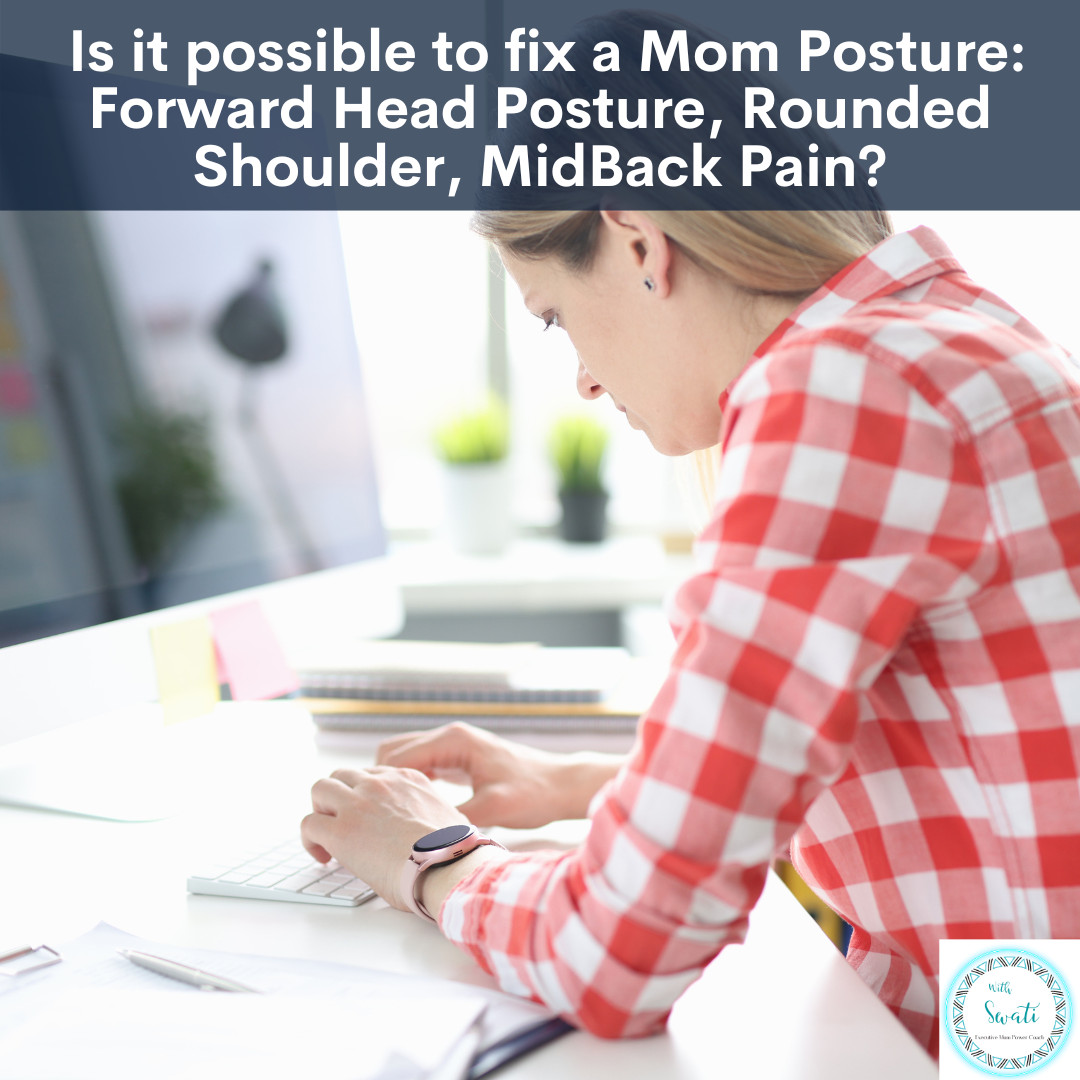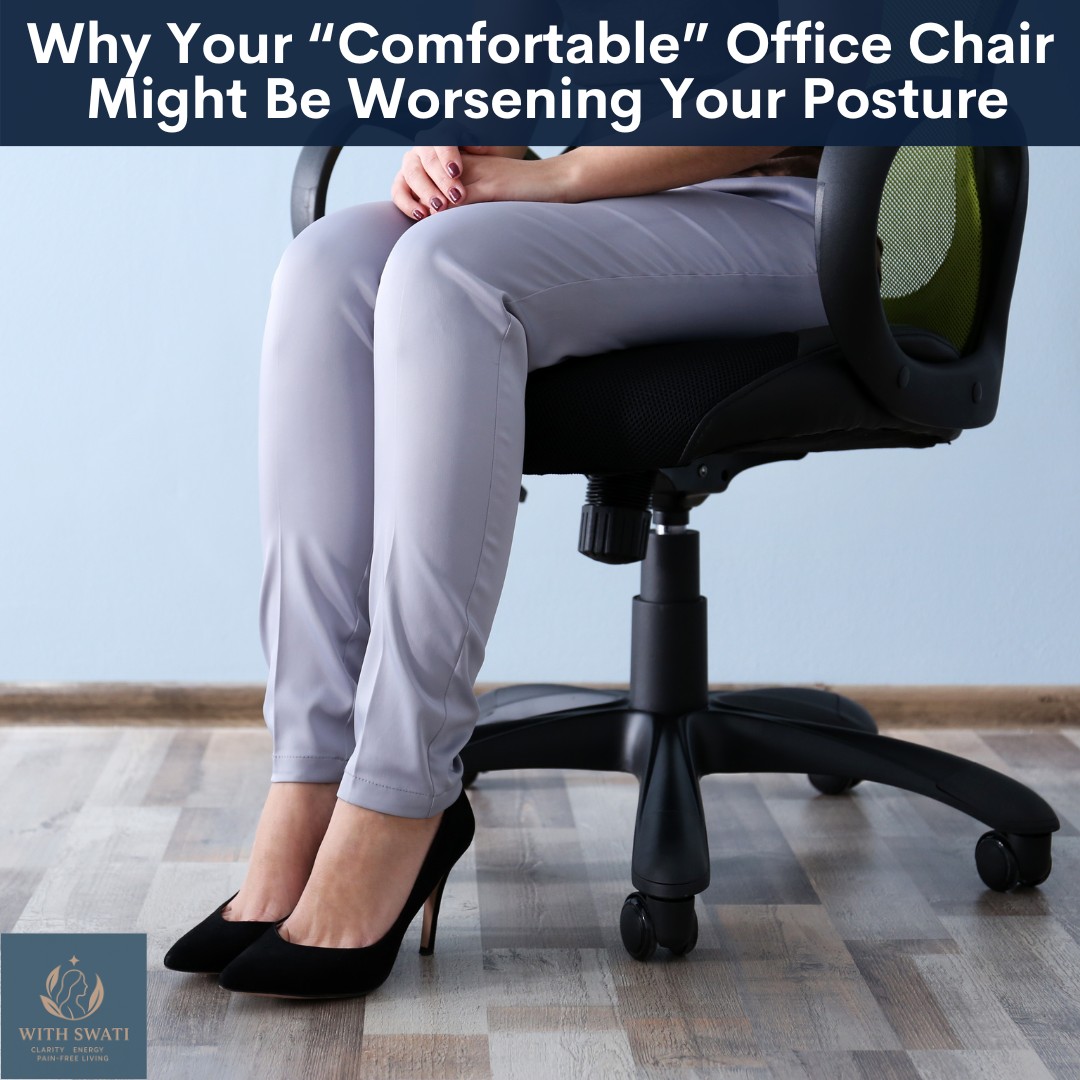
Have you ever suffered from back pain?
Let's talk about the different problems that can lead to back pain and how you can tell where the pain is coming from. If you understand the reason for your pain you can work on the treatment with your healthcare provider accordingly.
Here are two of the most common conditions seen in the back:
Herniated lumbar disc -
The lower back is made of five lumbar vertebrae stacked one on top of another. An intervertebral disc is present in between the adjacent vertebras, that acts as a cushion or shock absorber. The disc is made up of a fibrous outer layer and an inner jelly like material. When degenerative changes in the outer fibrous layers occurs, cracks appear and the inner jelly like portion oozes out, causing lumbar disc pain. This condition is also referred to as slip disc or bulging disc or disc pain.
- The main symptom of lumbar disc herniation is pain in the lower back when bending forwards such as to pick up an object or tie your shoe laces.
- Your pain may be sharp, pinching in the acute phase and dull achy in chronic phase.
- Your pain is worsened when the lower back is held in a bent position for prolonged periods, such as occurs with driving, bending to do tasks such as gardening or sitting for long durations. Pain eases off with bending the back into extension or backwards.
- Your pain can also lead to loss of bladder or bowel control if the lower sacral nerves (just above the tail bone) are involved.
- You have muscle tightness and spasms in the lower back.
- If the nerves that exit the lumbar spine are irritated by the protruding disc material it can refer the pain or tingling numbness sensations into the lower limb.
Sciatica –
Sciatica is one of the commonly seen lumbar radiculopathy. It can caused by other lumbar problems such as disc herniation, spinal stenosis, facet joint arthropathy etc, to name a few.
- You may feel stiffness, dull pain, tingling, numbness, or weakness in the buttocks, thighs, legs, feet or the toes.
- The pattern of symptoms is dependent on the nerve that is being irritated or compressed. Example: if the nerve that exits the lumbar spine at L4-5 (lower lumbar spine) is involved then the symptoms will be seen in the back of the thigh, whereas those originating in L3-4 (mid lumbar spine) will manifest on the side of the thigh.
HERE is a free guide to "What is the Source of Your Back Pain?"
Also, if you like this blog and want to be notified about new blogs as soon as they are published, subscribe to my mailing list below.
I would love to see you around the internet! For other places you can explore more about me: https://withswati.com/page/link
















0 Comments